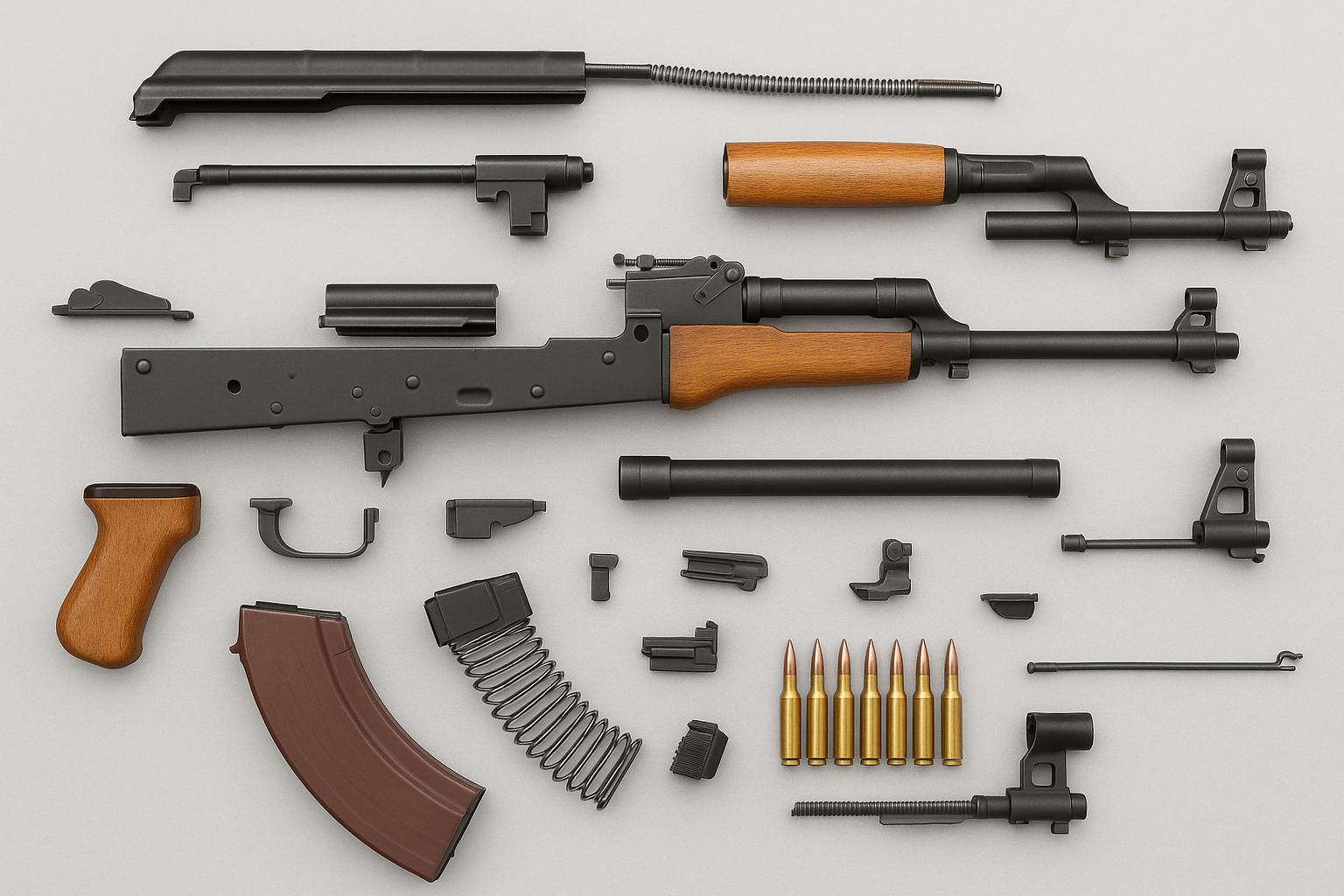About
The project “Mapping the Transnational Circulation and Control of Small Arms in Latin America” examines four research questions:
How do small arms and light weapons, specifically military-style firearms, circulate in Latin America?
How do different types of arms flow legally and illegally across national borders?
What sociocultural dynamics surround the perception of such weapons?
What are the main regulatory norms and challenges for controlling these flows?
The funds provided by the Swiss Network for International Studies (SNIS), allowed us to assemble an interdisciplinary team of experts from Switzerland, Brazil, Colombia, and Mexico to zoom into the circulation of military-style firearms. Under the project’s definition, military-style firearms include all categories of machine guns (i.e. automatic weapons) as well as certain types of rifles (e.g. AK- and AR-pattern rifles, sniper rifles).
First, the project gathers data on legal and illegal flows of military-style firearms, drawing from various national and international sources. This allows the project to explore the relative significance of military-style firearms as a category of small arms, analyzing their circulation, impacts, and cultural insertion in connection with the study of violent patterns in the region.
Second, the sociocultural dynamics that surround the perception of such weapons and that foster their proliferation among state and non-state actors are examined through an analysis of digital social interaction.
Finally, the project maps the control norms that regulate the transnational circulation of SALW in Latin America. It gathers and analyzes data on the adoption, incorporation and implementation of international and regional norms and national legislation regarding legal and illegal transnational flows, identifying main challenges and opportunities for bilateral and multilateral cooperation.
